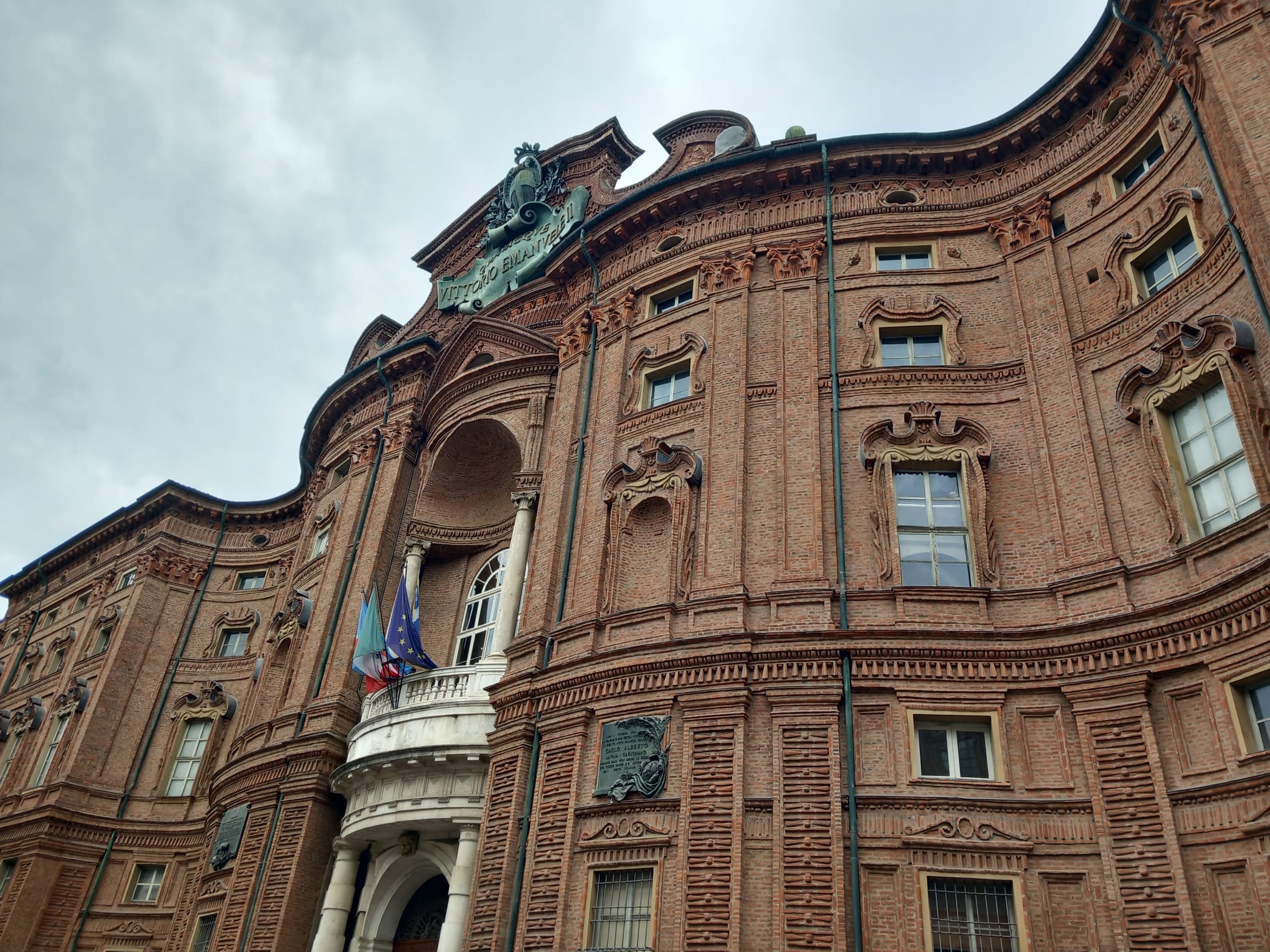Palazzo Carignano
 The Carignano Palace (Palazzo Carignano), designed in the latter half of the seventeenth century by Guarino Guarini, stands as a remarkable example of European Baroque architecture. Alongside the Royal Palace, the Madama Palace, and other royal residences, it is listed as a UNESCO World Heritage Site.
The Carignano Palace (Palazzo Carignano), designed in the latter half of the seventeenth century by Guarino Guarini, stands as a remarkable example of European Baroque architecture. Alongside the Royal Palace, the Madama Palace, and other royal residences, it is listed as a UNESCO World Heritage Site.
Commissioned by Emmanuel Philibert of Savoy, Prince of Carignano, the palace was completed in 1685. By 1694, it became the permanent residence for the Carignano Princes, where future sovereigns Charles Albert and Victor Emmanuel II were born.
In 1831, Charles Albert ascended the throne within the Carignano Palace and later transferred ownership to the State, transforming it into the seat of the State Council and the Postal Directorate. When the Subalpine Parliament took residence there, architect Carlo Sada created an elegant salon for festive receptions.
By 1861, as the first Italian Parliament began its sessions in the Palace, its size proved inadequate, prompting architect Amedeo Peyron to undertake an expansion. Shortly thereafter, plans were made to construct a second façade facing piazza Carlo Alberto at the rear, making it the second building after the Madama Palace to feature two distinct architectural styles. This work was executed by architects Domenico Ferri and Giuseppe Bollati, and was completed in 1871.
Over time, the Carignano Palace hosted a variety of institutions and cultural associations. Today, it serves as the location for the Central Directorate of Piedmont Cultural Heritage and the National Museum of Italian Risorgimento, which focuses on the history of Italian unification. The museum, reopened in 2011, spans 30 rooms and narrates the unification story from the late eighteenth century through World War I.
Additionally, since 2011, visitors have been able to explore a sixteenth/seventeenth-century apartment of the Princes, known as “dei Principi,” following restoration efforts. Among the palace’s frescoes are notable works by Stefano Legnani, also referred to as “il Legnanino.”